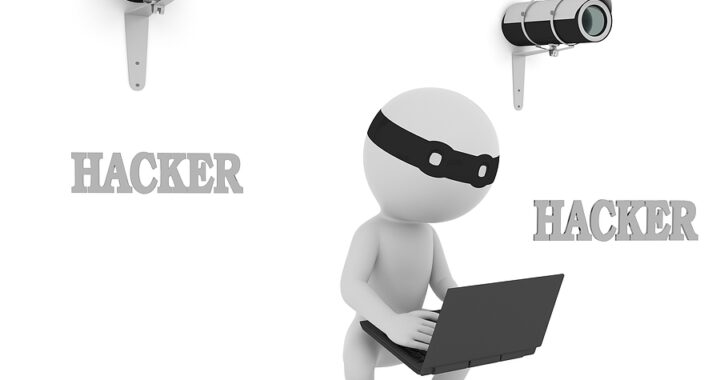Domestic violence, once perceived primarily as physical or verbal abuse within the household, has metamorphosed in tandem with the technological surge.
The digital age has brought forth ‘cyber abuse’, allowing perpetrators to torment their victims using technology.
Whether through relentless messaging, digital stalking, or unauthorized dissemination of intimate images, the online space has, unfortunately, become another battleground.
For victims navigating the treacherous waters of post-abuse life, taking measures to safeguard their digital space is paramount.
Here are the seven best things they can do:
Change Passwords:
Begin with resetting passwords for all online accounts – from emails to social media and banking.
Use strong, unique passwords and consider using a reputable password manager to keep track of them.
Enable Two-Factor Authentication (2FA):
For added security, activate 2FA on as many accounts as possible.
This provides an extra layer of defence, ensuring that even if a password is compromised, the abuser cannot gain access.
Check Privacy Settings:
Review and tighten privacy settings on all social media platforms.
Ensure profiles are private, and personal information isn’t accessible to the public.
Be Cautious with Shared Accounts:
Shared accounts, like those on streaming services or utilities, can be a point of vulnerability.
It’s advisable to either remove the ex-partner from the account or create a new one altogether.
Secure Devices:
Ensure that personal devices like phones, laptops, and tablets are password-protected.
Regularly update and scan these devices for spyware or tracking apps that might have been clandestinely installed.
Limit Geotagging and Location Sharing:
Many apps and platforms automatically share one’s location, which can be exploited by a malicious ex-partner.
Ensure these settings are turned off, and be cautious about revealing real-time locations.
Educate and Seek Support:
Connect with organizations specializing in domestic violence.
They often have resources and advice on handling digital security post-separation.
Moreover, informing close friends and family about the situation allows them to be vigilant and supportive.
The transition from an abusive relationship is arduous, and the digital realm, while offering connection and resources, can also be a space of continued harm.
However, by proactively protecting one’s digital footprint and seeking support, victims can reclaim their online space and work towards a safer future.










